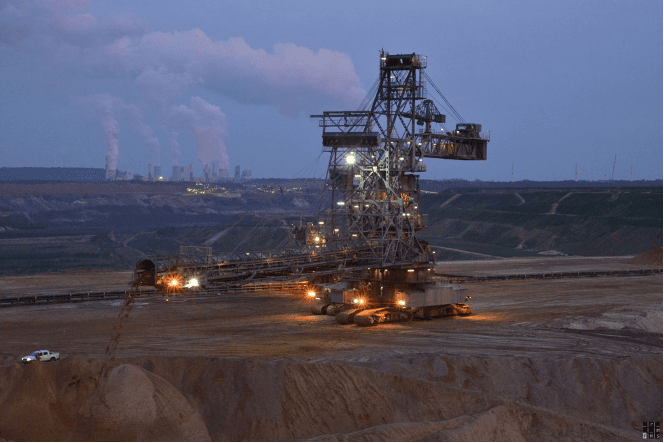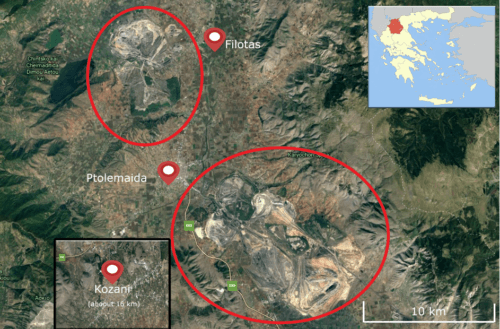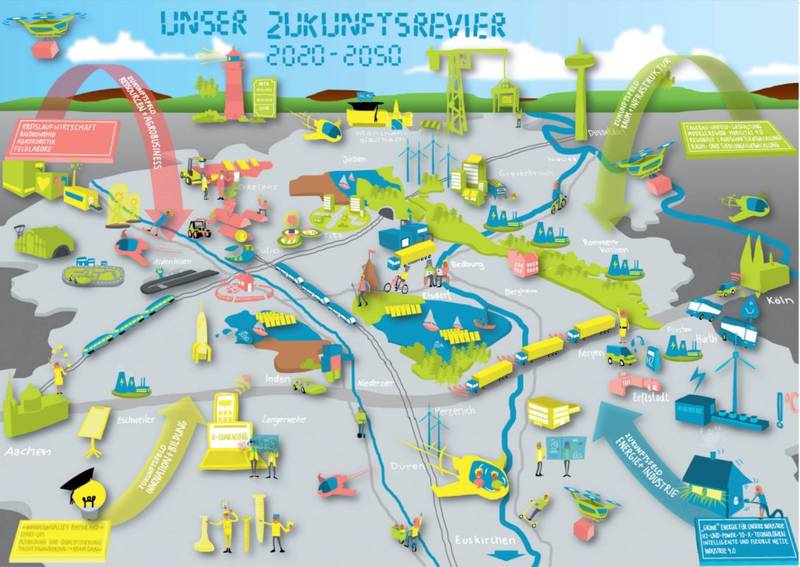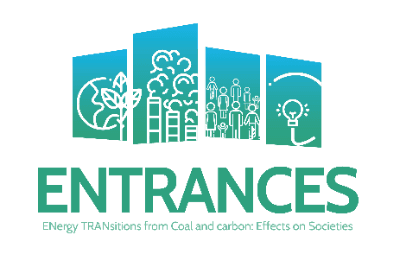31. March 2021CINTRAN Newsletter #2
Welcome to issue #2 of the CINTRAN Network Newsletter. We update you on the project's research activities, we introduce you to CINTRAN's case study regions and the latest developments on the ground and provide further coal transition news. Enjoy the read!
This newsletter is a co-production of the coaltransitions.org hub and the
CINTRAN team at the Wuppertal Institute. Find the privacy policy for this newsletter here.
The newsletter can be viewed here or on this page below.
Latest Research Outputs
Who Loses the Most from Low-carbon Transitions?
In an early output connected to the CINTRAN project, Benjamin Sovacool and colleagues examine 20 years of geography and political ecology literature on the energy justice implications of climate change mitigation. Grounded in literature review of 198 studies and their corresponding 332 case studies, this study confirms the persistent presence of four processes—enclosure, exclusion, encroachment, and entrenchment—across diverse technologies from hydropower to household solar panels.

Photo: “Night shift just started“ by unefunge on Flickr / CC BY-NC ND 2.0
Integrating Responsible Innovation, Social Practices, and Energy Justice
A further output by Benjamin Sovacool et al. has been recently published and is freely accessible online until May 15. It takes as a starting point the large bulk of conceptual approaches which has arisen in the past few decades seeking to explain the interlinked phenomena of energy transitions, low-carbon transitions, or sociotechnical change. With an eye for theoretical synthesis, the study asks: What do three particular epistemic communities—those concerning innovation, practices, and justice—say about energy transitions? What does this literature reveal about the injustices and inequalities of energy transitions? And what can we learn by integrating aspects of this literature?
CINTRAN’s Regional Foci
The qualitative research of CINTRAN focuses on four highly fossil-fuel dependent regions across Europe. The aim is to derive generalizable insights about the patterns and dynamics of decarbonization and the corresponding structural adjustments that hold relevance for all carbon-intensive regions in the EU. In this network newsletter, we present short regional fact sheets and highlight recent policy decisions as well as remaining challenges.
Western Macedonia, Greece

Silesia, Poland

Ida-Virumaa, Estonia

Ida-Virumaa is a former industrial centre with rich natural resources. The county contains large deposits of shale oil that are used in the power plants and oil industry, also situated in the same region. We present a short economic profile, the regional just transition plan and recent actions and decisions.
Rhenish lignite area, Germany

Coal Regions Learning Academy – Training Needs Assessment
The College of Europe is implementing a World Bank sponsored project called the Coal Regions Learning Academy. With the involvement of the EC, the project addresses capacity gaps impeding coal regions in the Western Balkans and Ukraine from implementing transition strategies and kick-start projects. The knowledge to be delivered through the Academy reflects a broad array of case studies, global good practices, use of analytical tools, and prevailing regulatory processes. The Academy is currently assessing training needs. We invite you to take part in the survey.
Global Coal Mine Tracker Released
The Global Energy Monitor (GEM) recently released a powerful new online resource, the Global Coal Mine Tracker. It catalogs the world’s major coal mines as well as proposed projects. Along with maps and summary data, the tracker provides additional details on each mine with a dedicated wiki page. GEM also hosts the Global Coal Plant Tracker, which is worked up in a similar fashion.
Our sister projects

ENTRANCES

TIPPING+

TRACER
Newsletter
To keep updated, please subscribe to our newsletter.
Editor
Christof Arens
Wuppertal Institut für Klima, Umwelt, Energie


The CINTRAN project has received funding from the European Union’s Horizon 2020 research and innovation programme under grant agreement No. 884539. The sole responsibility for the content of this website lies with the authors and does not necessarily reflect the opinion of CINEA or other EU agencies or bodies.